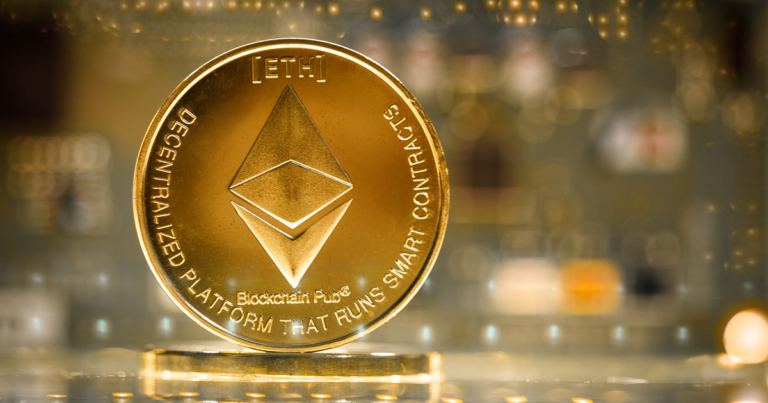
Lee Enterprises newsroom and editorial were not involved in the creation of this content.
Ethereum was launched by Vitalik Buterin in 2013. While Bitcoin operates mainly as digital money, Ethereum is designed to serve primarily as a decentralized global computer and not just as a simple intermediary. The blockchain technology does more than allow for transactions, it also enables developers to build their own cryptocurrencies and decentralized applications (Dapps). At the heart of this system is Ether (ETH), Ethereum’s native coin.
Ether is the currency used to pay for things on a smart contract-based system like Ethereum, and it is predicted there will be multiple other global applications. The terms of the contract are written directly into lines of code that get executed as smart contracts running on a blockchain. This eliminates any middlemen and automates the execution of agreements between two or more parties, theoretically reducing the chances for disputes. Wei is the smallest denomination of ether and plays a fundamental part in being an element of the Ethereum ecosystem. The symbol 10^-18 ETH stands for one-hundredth quadrillion wei, or dai, in honor of the renowned computer engineer and cryptographer Wei Dai. This single unit powers the efficient interactions and microtransactions on the Ethereum network. With Ether, consumers anywhere in the world get accessibility and liquidity through trading it for fiat currencies such as USD or other cryptocurrencies.
People are also reading…
Ethereum provides a way for programmers to develop and deploy Dapps which leverage the Ethereum Virtual Machine (EVM), and ether, as means of covering their computational costs. Layer 2 tokens may be developed on the Ethereum network, together with EVM.
Despite both being popular forms of cryptocurrency, Ethereum and Bitcoin have several differences. For example, Bitcoin has a set number of coins that will be created. This is due to the hard cap of 21 million Bitcoins in circulation, thus creating a sense of scarcity fueling this store-of-value aspect. Ethereum, meanwhile, is tentatively fixed to have some annual percentage increase in supply. The total amount of ETH released every year is 18 million. This model explains that ether is a disinflationary digital asset since the inflation rate converges to 0% as fresh ether comes every year at an invariant price. To understand the value of Ethereum, you will want to check the current Ethereum price.
In 2022, Ethereum transitioned from a proof-of-work (PoW) to a proof-of-stake (PoS) consensus mechanism with ‘The Merge.’ The PoW protocol of Ethereum required miners to perform complex calculations in order to secure the network and validate transactions prior to the Merge. Even though this was a time-consuming process, it has proven productive. Ethereum recently moved from PoW to PoS, reducing its energy use by 99% and providing a much cleaner alternative. Instead, PoS randomly selects a set of validator nodes to validate transactions and receive rewards under the agreement that users who stake their ether in the network would be incentivized. The technology is designed to improve scalability, security, and energy efficiency. There are a few drawbacks, but Ethereum is considered by many to be versatile. However, it is always wise to do your research before investing in Ethereum. Ethereum continues to grow and remains the second most popular cryptocurrency behind Bitcoin.


